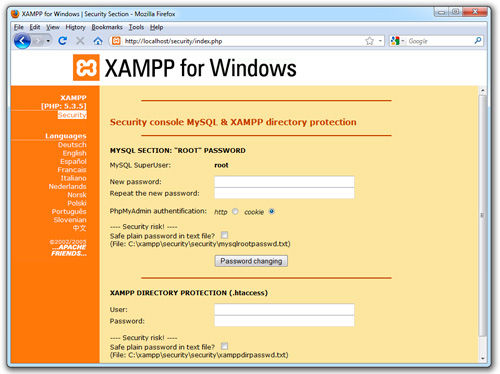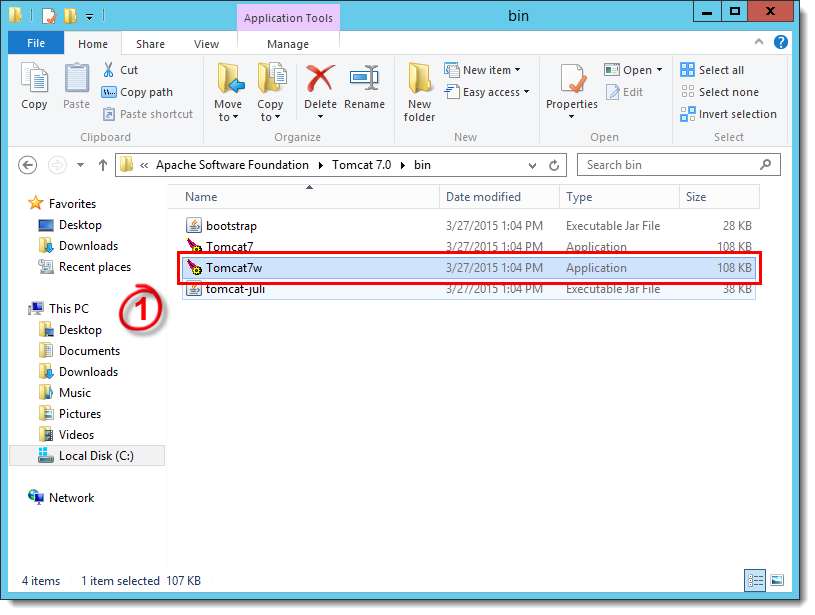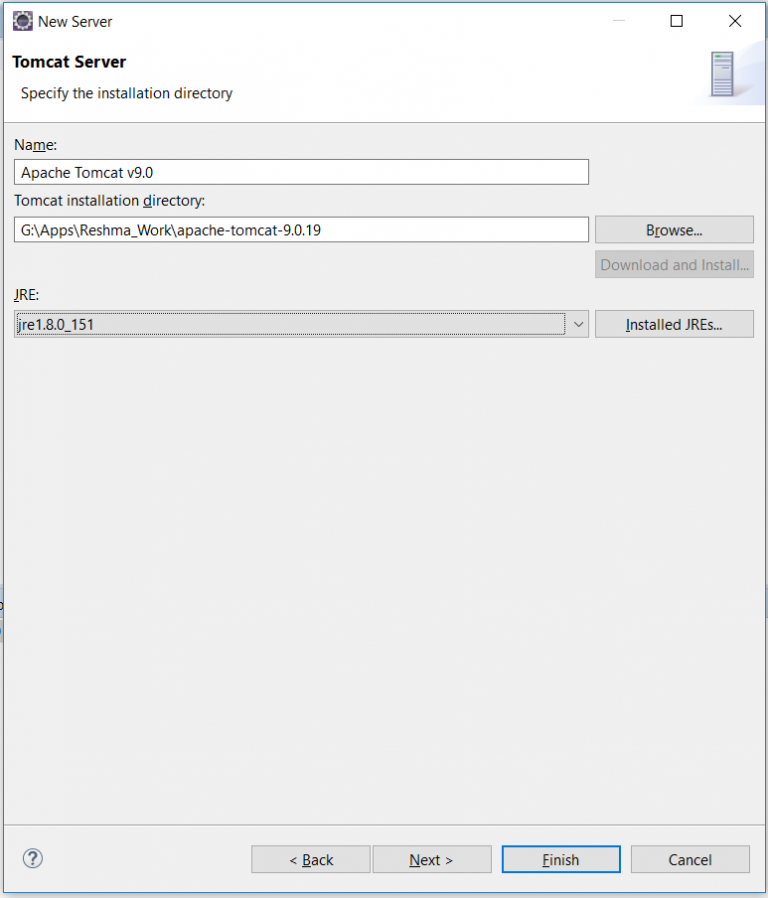

Create and install a Tomcat Upstart script: vi /etc/init/nf vi tomcat-users.xml īecause we want to be able to run Tomcat as a service, we will set up an Upstart script. Put this in your tomcat-users.xml in between the tags, choose your username and password. Make sure the ajp-connector is not disabled… Ĭonfigure Tomcat Web Management Interface. Now, comment out the port 8080 connector in server.xml…(we will only enable AJP on port 8009) cd vi server.xml -> Lrwxrwxrwx 1 root root tomcat -> apache-tomcat-8.0.23/ Lrwxrwxrwx 1 root root server_jre -> jdk1.8.0_45/

Now it should look like this when listing the /opt folder: ls -alĭrwxr-xr-x 9 tomcat tomcat apache-tomcat-8.0.23 We’ll make this user a member of the tomcat group, with a home directory of /opt/tomcat, and with a shell of /bin/false useradd -s /bin/false -g tomcat -d /opt/tomcat tomcatĬhange to the new user and group recursively on the tomcat folder structure chown -R tomcat:tomcat apache-tomcat-8.0.23 We will create a new user (tomcat) and group (tomcat) that will run the Tomcat-service. Move to /opt mv apache-tomcat-8.0.23 /opt/Ĭreate symlink in /opt folder cd ln -s apache-tomcat-8.0.23/ tomcatįor security purposes, Tomcat should be run as an unprivileged user. Unpack tar xvzf apache-tomcat-8.0.23.tar.gz That’s all for the Java installation, now let’s download and install Tomcat.ĭownload Tomcat binary distribution: wget Java HotSpot(TM) 64-Bit Server VM (build 25.45-b02, mixed mode) Java(TM) SE Runtime Environment (build 1.8.0_45-b14) Just to verify this is the correct java version. To make it obvious that this is the Server JRE I created a symlink pointing to that folder. Move the folder to your desired location, I chose /opt here since that folder is typically for third-party add-on software. That will create the folder /usr/src/download/jdk1.8.0_45Ĭhange the owner recursively on that folder, I’m using root as user and group here. The Server JRE can be downloaded from this location: Īt the time of my download, this was the latest version available: server-jre-8u45-linux-圆4.tar.gzĭownload it to /usr/src/download or any other location you prefer and unpack. The Server JRE includes tools for JVM monitoring and tools commonly required for server applications, but does not include browser integration (the Java plug-in). The Server JRE is a runtime environment specifically targeted for deploying Java in server environments and it is available for 64-bit Linux, Solaris and Windows platforms. I chose the server-jre8-version for obvious reason. Apache 2.4 will be used as a front optionally handling static content and ssl-termination while dynamic content will be served by the Tomcat-server through the Apache JServ Protocol (AJP 1.3) with apache module mod_jk.įirst we need to install a Java Runtime that the Tomcat-server will run in. Please note that we will not use Tomcat-native package here. Tomcat is installed and started as a Windows service.In this walkthrough we will look at installing the binary distribution of Tomcat 8 on Ubuntu Server 14.04 LTS. If the service has not started, select Start. If the service has started, the status of Apache Tomcat 7.0 TAC_Tomcat will be Running. The Run program appears in the Programs list. In the Search Programs and Files box, search for the Run program.

To check Tomcat is started as a Widows service: Tomcat is installed as a Windows service.

Using CATALINA_HOME: "C:\APMConnect\Utilities\Tomcat" Using CATALINA_BASE: "C:\APMConnect\Utilities\Tomcat" Using JAVA_HOME: "C:\Java\jdk1.7.0_51" Using JRE_HOME: "C:\Java\jdk1.7.0_51\jre" Using JVM: "C:\Java\jdk1.7.0_51\jre\bin\server\jvm.dll" The service 'TAC_Tomcat' has been installed. The following message appears : C:\APMConnect\Utilities\Tomcat\bin>service.bat install TAC_Tomcat Installing the service 'TAC_Tomcat'. The Administrator: Command Prompt window appears.Ĭhange the directory path to C:\APMConnect\Utilities\Tomcat\bin, and enter the following command: service.bat install TAC_Tomcat. Right-click on Command Prompt, and then select Run as administrator. In the Search programs and files box, enter: Command Prompt.Ĭommand Prompt appears in the Programs list.


 0 kommentar(er)
0 kommentar(er)
